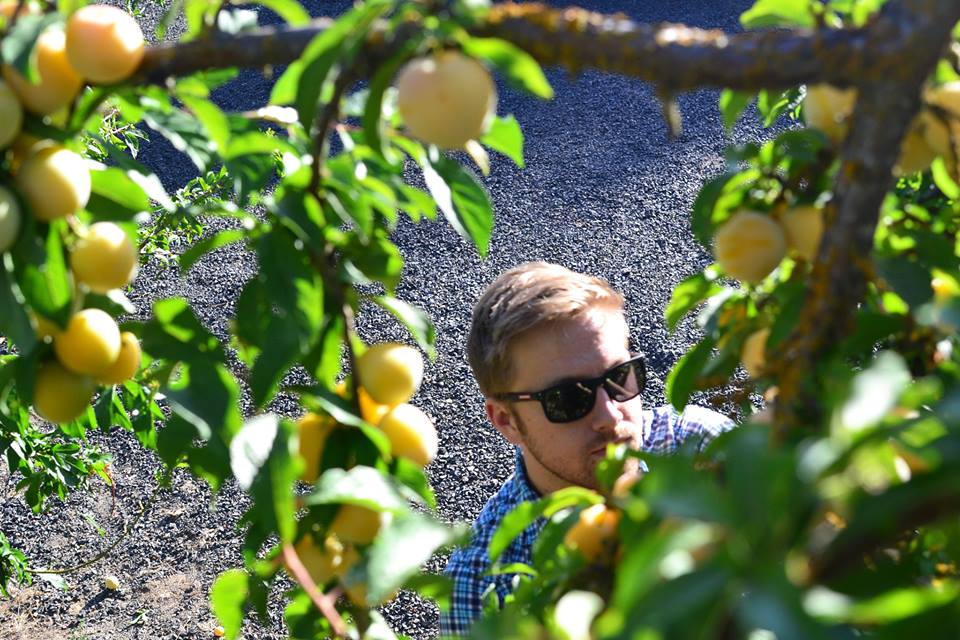
Spokane Edible Tree Project has a tree registry with a network of about 150 residential tree owners. They also work with numerous orchards in Spokane County. Various methods are used to recruit and engage tree owners throughout the year.
Outreach. SETP’s backyard fruit tree outreach is similar to their volunteer outreach method. The AmeriCorps VISTA, board members, and outreach volunteers attend multiple community events throughout the city to provide information about SETP’s mission and programming. Because of the abundance of fruit trees in Spokane County, many individuals in the community have a fruit tree in their yard, or know somebody that does, resulting in word-of-mouth referrals. Additionally, Second Harvest and other partner organizations frequently refer tree owners to SETP.
Spokane County is also lucky to have an association of Green Bluff Growers. This network includes many commercial U-pick orchards. Each year, in late spring, SETP calls and emails the growers to let them know that the organization is available as a resource toward the end of their general harvesting season. After the calls and emails are sent, SETP travels around to each Green Bluff Grower in person to make a face-to-face connection, which generally provides much more success than emails and calls.
Communication and Engagement. Each May/June, SETP calls and emails registered tree owners to ask if they are still interested in participating in the gleaning program. At this point, the tree owners are given updated contact information for the organization and are introduced to the Harvest Against Hunger VISTA, who will be their primary contact for harvest season. The tree owners are asked to contact SETP about two weeks before they think their fruit will be ready to harvest. This allows SETP enough time to find volunteers and promote gleans.
As with volunteers, it can be difficult to keep tree owners engaged throughout the entire year. In 2017, SETP began offering fruit tree care classes during the off-season in order to address this challenge. A monthly newsletter is also sent with updates and educational information.
Since over half of all fruit donations per year come from Green Bluff growers, SETP makes a special effort to continue to engage with growers in person during gleaning season. Not only does SETP make rounds at the beginning of the season to gauge which farmers are interested, but SETP continues to engage with the growers all season long by making in-person visits to interested farms. Approximately two weeks before the end of each particular fruit season, SETP visits each interested farm to attempt to schedule gleans. Like tree owners, farmers are sometimes unable to give proper notice, so SETP will give farmers many options for times and days to schedule gleans and continue to follow up as necessary.
Appreciation. Each time a tree owner or farmer donates a product, a thank you note is promptly sent. This letter tells them the total number of pounds that were donated and describes where the produce was taken. In addition to the thank you letters, tree owners are invited to volunteer appreciation events, as they are also considered valuable volunteer contributors to the gleaning program. Another way that appreciation is shown for tree owners is by featuring them in SETP’s monthly newsletter.


